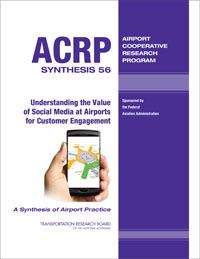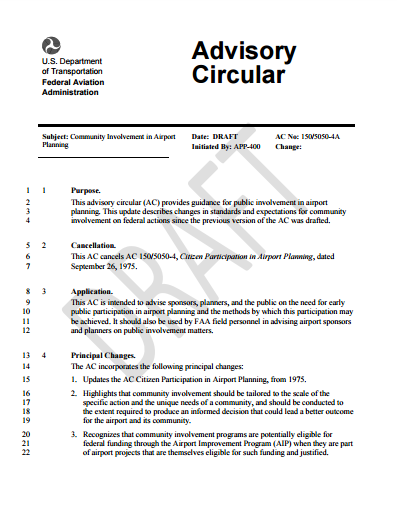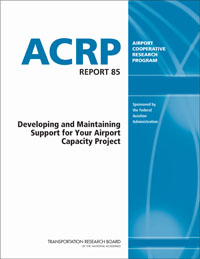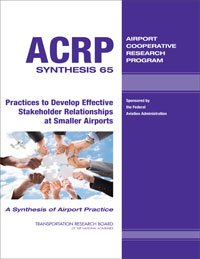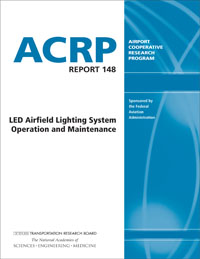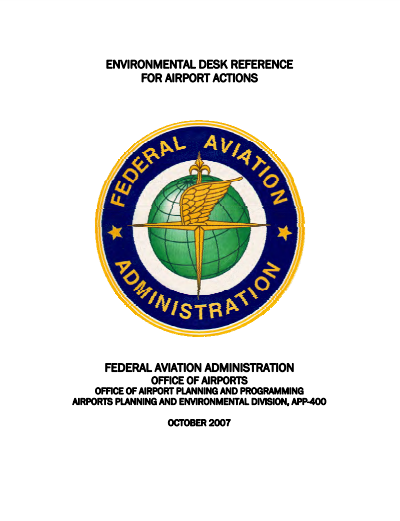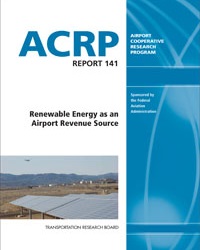ACRP Report 141: Renewable Energy as an Airport Revenue Source
Abstract
Airports have the goal of maintaining fee and rental structures that will make them as financially self-sustaining as possible. To accomplish this, airports are now exploring nontraditional revenue sources and cost-saving measures. At the same time, utility service providers have recently begun looking for opportunities to purchase energy generated from renewable sources to meet state, regional, and federal environmental and energy goals. Since airports often have available property and facilities to host and generate clean and renewable energy sources, there may be opportunities for them to generate revenue and achieve cost savings. Nevertheless, the use of renewable energy as a revenue source is a complex issue, requiring an understanding of emerging technologies, financing mechanisms, regulatory frameworks, and operational factors. There is limited guidance to help airports identify, evaluate, select, and successfully implement renewable energy projects for financial benefit. Research was needed to develop a guidebook and present evaluation tools to help airports understand the feasibility, opportunities, and challenges of renewable energy projects and their implementation for revenue generation. ACRP Report 141: Renewable Energy as an Airport Revenue Source provides an overview of renewable energy in an airport setting; offers guidance for identifying, evaluating, and selecting financially beneficial renewable energy projects given an airport’s unique characteristics; and gives the steps needed for implementing and operating a renewable energy project. The guidebook also includes detailed financial information on the cost and performance of projects that have been implemented by airports. The guidebook will be a particularly valuable resource for airport practitioners seeking to explore the potential benefits of this nontraditional revenue source.
